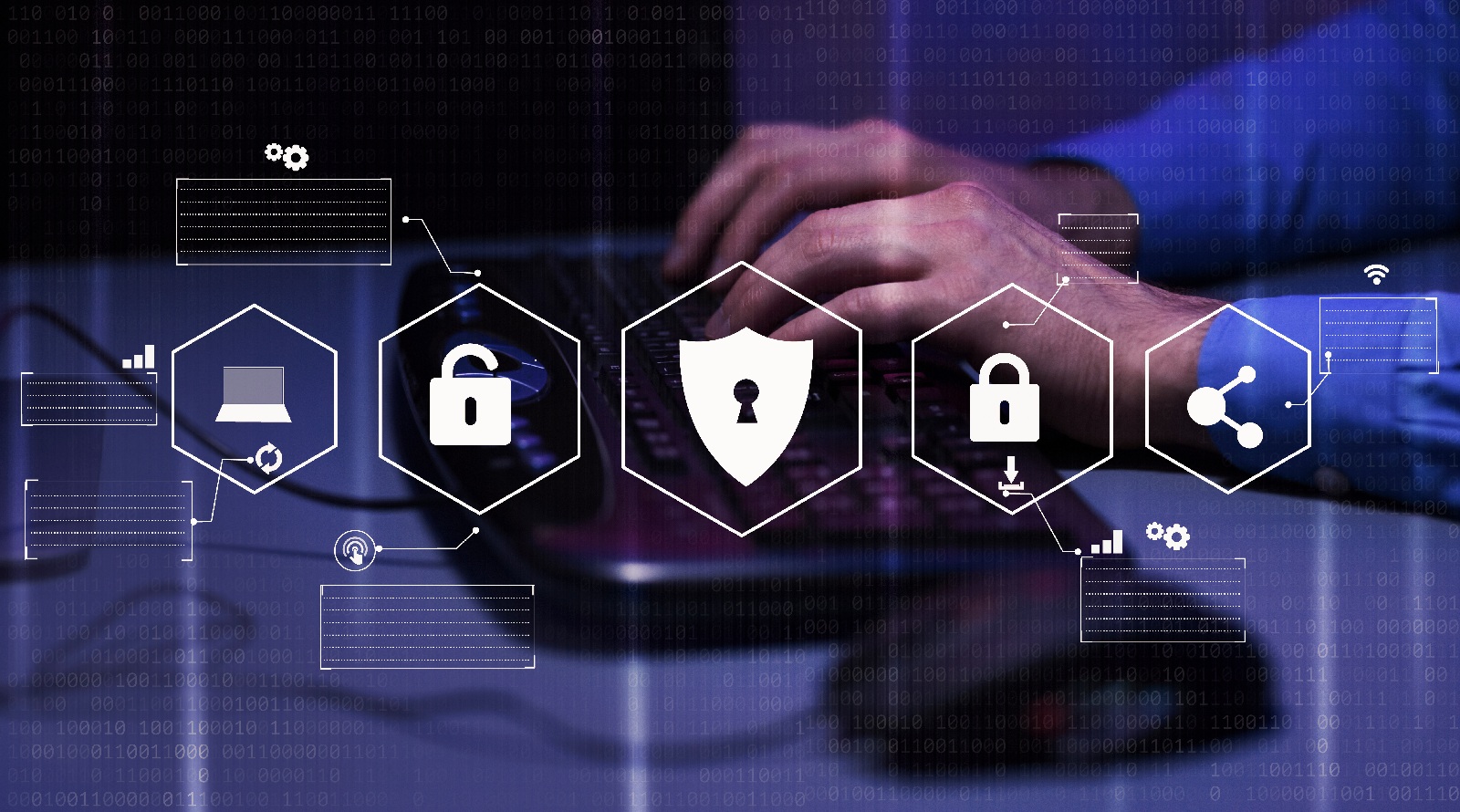
Cybersecurity threats are a daily concern, making IT compliance is more important than ever to keeping data safe. Nearly 70% of service organizations need to demonstrate compliance with at least six types of frameworks. With everything from cyber insurance to industry regulations requiring it, IT compliance audits are an essential part of staying protected.
What Is an IT Compliance Audit?
An IT compliance audit checks a company’s technology systems and practices to ensure they meet specific legal and industry standards. It reviews areas like data privacy, security measures, and regulations to identify gaps. These audits are often done by independent or third-party certified auditors who are trained to analyze IT infrastructure. IT compliance audits can benefit most industries.
Why IT Compliance Audits Are Essential
IT compliance audits are essential for meeting regulatory requirements. These audits review systems and practices to help businesses avoid fines, legal issues, and disruptions. By uncovering hidden risks, audits can label potential security issues, allowing them to be fixed before they become costly problems.
Another key focus is preventing data breaches. Auditors examine data protection measures to spot any weak areas, allowing businesses to strengthen security controls and reduce unauthorized access risks. Audits also boost information security through penetration tests and disaster recovery tests. Those check how well systems hold up under different challenges, highlighting changes that may be needed.
Beyond security, compliance audits improve efficiency. By reviewing processes across the business, auditors can identify outdated practices. Streamlining these can reduce waste and support smoother operations. Audits also review a company’s response plans for security incidents, helping better prepare for future issues. Taking a proactive approach with regular audits helps companies protect data, prevent risks, and stay compliant.
The 4 Stages of an IT Compliance Audit
An IT compliance audit involves a series of steps, each designed to ensure the organization meets essential regulatory standards. Here’s a breakdown of each stage:
Stage 1: Preparation
The audit begins by defining its goals and scope. Auditors work with company leaders to identify which regulations apply and gather necessary documents. This stage also involves a document review, scheduling interviews, and setting up a timeline to organize the process.
Stage 2: Fieldwork
During this phase, auditors closely review the company’s technology environment. Using an audit checklist, they examine systems, data practices, and security measures for compliance. The process walkthrough often includes employee interviews and assessing third-party risk management. Further audit tests may consist of verifying encryption, assessing access controls, and reviewing data storage practices.
Stage 3: Audit Report
After the fieldwork, the audit findings are reviewed to determine whether the company is compliant. Then, a report outlining any issues, risks, or areas that need improvement is created. The report includes practical recommendations to address these gaps and enhance compliance levels. Even if a company passes the IT compliance audit, areas may still need improvement.
Stage 4: Follow-Up
In the final stage, the company works on fixing any identified issues, which may involve technology upgrades, staff training, and updates to security protocols. Auditors will monitor progress, use audit findings as benchmarks, and conduct follow-up reviews to confirm that all improvements align with regulatory requirements.
What Areas Do IT Compliance Audits Examine?
An IT compliance audit covers essential areas to ensure a business protects data, manages risks, and follows data protection regulations. Here’s a look at the key areas typically reviewed:
- Access and Identity Control: Auditors check how the business manages sensitive data and systems access. That includes verifying access control measures, such as passwords, multi-factor authentication, and regular user access reviews, to ensure that only authorized people can reach critical systems.
- Data Management and Protection: Auditors review how data is stored, managed, and protected to prevent breaches. This includes looking at data encryption, storage protocols, and backup processes, especially for sensitive data covered by data protection regulations.
- Incident Response Plan: A strong incident response plan is essential for handling security threats. Auditors check that this plan includes clear steps for managing data breaches, reporting incidents, and recovering operations. They also verify that employees understand their roles in an incident.
- Security Automation: Automated tools help improve response times and prevent issues. Auditors assess the business’s use of security automation and automated remediation workflows, which allow systems to handle minor problems without manual intervention.
- Risk Assessment Procedures: Regular risk assessments help businesses identify and address vulnerabilities. Auditors review these procedures, often focusing on the company’s use of governance, risk, and compliance (GRC) software to track and manage risks effectively.
- Physical Security: IT compliance isn’t only about digital security. Auditors also look at how physical access to data centers, server rooms, or workspaces is controlled, ensuring that sensitive equipment and data are physically protected.
- Security Frameworks: Auditors examine the security frameworks guiding a company’s policies, such as ISO, NIST, or other recognized standards. These frameworks provide a structured approach to security, helping the business meet industry requirements.
The audit scope varies by industry, but auditors typically review these core areas to provide a complete view of the company’s technology. IT compliance audits help companies protect data, manage risks, and prepare for security challenges.
Internal vs. External IT Audits: Differences To Know
Internal and external IT compliance audits help companies check whether they’re meeting security and regulatory standards. Each type has a unique role, and understanding their differences helps businesses use audits effectively.
Internal Audits
Internal audits are handled by the company’s own team or consultants hired directly. These audits focus on internal security policies and controls. Auditors review processes and perform risk assessments to identify any weak areas. Regular internal audits help companies catch potential issues early and stay on top of their security practices.
However, internal auditors may miss certain risks because they are part of the company. Relying only on internal audits may not provide a complete view of compliance.
External Audits
Independent third-party auditors conduct external audits. They offer an objective review since they aren’t connected to the business. These auditors examine information systems, financial records, and security practices. They perform specific checks on cybersecurity frameworks, financial practices, and risk management policies.
Third-party auditors can often reveal risks that an internal team might overlook by assessing these areas. That fresh perspective can increase credibility with clients, regulators, and stakeholders, showing that the company meets industry standards.
Why Both Audits Matter
Using both internal and external audits creates a balanced approach. Internal audits allow companies to monitor daily security and make regular improvements. External audits bring an unbiased view and assure that the business meets required standards. Together, these audits help maintain security and compliance by covering both internal practices and external requirements.
Preparation Tips for a Successful IT Compliance Audit
A well-prepared approach to an IT compliance audit can make the process smoother and help reduce issues. Here are some tips to help businesses get ready:
- Compliance Documentation: Keep documents, such as security policies, internal controls, and change controls, up to date and easy to access. Using audit management software can simplify the storage and organization of these records.
- Automate Key Security Controls: Automated tools can manage tasks like access logging, change tracking, and vulnerability scanning. That can help reduce the chance of human error and make it easier to track compliance over time.
- Assign Compliance Tasks: Designate individuals or teams for log retention or vulnerability scanning tasks. Clear accountability makes it easier to show auditors that your business has an organized compliance structure.
- Pre-Audit Vulnerability Scanning: Running vulnerability scans before the audit can help reveal gaps in advance. This proactive approach shows auditors that your business actively manages security risks, which is important for proving compliance.
- Stakeholder Communication: Inform all departments of the audit timeline and requirements. This will help everyone involved understand their role and expectations for the process.
- Prepare for System Inspections: If the audit includes physically inspecting systems, ensure a security plan is in place. Auditors shouldn’t be freely roaming the business, as that would be a different type of risk.
- Use Audit Management Software: This can help manage documents, track log retention, and monitor compliance progress. That can reduce time and effort during preparation.
- Cybersecurity Awareness Training: Routine awareness training ensures employees understand their role in security and compliance. This helps staff follow security policies and prepares them to answer auditor questions.
By following these tips, businesses can approach an IT compliance audit confidently. This preparation not only smooths the audit process but also makes it easier to stay compliant.
Types of Compliance Audits and Frameworks
Compliance audits help companies meet specific standards for data security, privacy, and operational controls. Each audit type follows a different framework, often tied to the industry or type of data. Here’s an overview of common types of compliance audits and the frameworks that guide them.
HIPAA (Health Insurance Portability and Accountability Act)
HIPAA audits focus on how healthcare organizations protect patient data. These audits, conducted by agencies like the Centers for Medicare and Medicaid Services (CMS), ensure that healthcare providers and related companies handle personal health information securely. HIPAA audits review data storage, access, and sharing practices.
SOC 1 and SOC 2 (Service Organization Controls)
These audits assess companies that manage data on behalf of others. SOC 1 focuses on financial reporting, while SOC 2 checks data security, privacy, and confidentiality controls. SOC 2 audits examine how data is stored, accessed, and protected within a company’s systems.
PCI-DSS (Payment Card Industry Data Security Standard)
These audits are required for any business handling credit card payments. They focus on secure data handling to protect cardholder information. These audits look at data encryption, network security, and access controls to reduce the risk of fraud and secure financial transactions.
FISMA (Federal Information Security Management Act)
This type of compliance applies to federal agencies and contractors with federal data. FISMA audits follow the NIST framework, which sets guidelines for protecting government information. They cover risk management, system security, and incident response to keep federal data secure.
ISO/IEC 27001 and ISO 31000
These are commonly used standards for data security and risk management. ISO/IEC 27001 audits focus on data management, access control, and encryption to ensure security. ISO 31000 helps companies identify, evaluate, and address risks, creating a proactive approach to managing security threats.
Learn More About ISO/IEC 27001
FINRA (Financial Industry Regulatory Authority) and Sarbanes-Oxley (SOX)
Both of these audits apply to financial institutions and publicly traded companies. FINRA audits check compliance for brokerage firms, while SOX audits focus on financial reporting and internal controls. Both audits involve data security, risk management, and accuracy in financial data handling.
NIST Framework (National Institute of Standards and Technology)
The NIST framework is widely used in cybersecurity audits. While initially designed for the government, many private companies use NIST for data protection and risk management. NIST audits review data security practices, access control, and incident response.
OSHA (Occupational Safety and Health Administration) and EPA (Environmental Protection Agency)
These audits are not strictly IT-focused but involve IT compliance for managing data related to safety and environmental standards. OSHA audits focus on workplace safety records, while EPA audits look at ecological data. In both cases, companies must handle data securely and accurately.
Each of these audits supports a specific purpose and set of security guidelines. For many companies, following these frameworks is required to stay in business and to be legally insured by cyber insurance.
Does Your Business Need an IT Compliance Audit?
As we’ve discussed, IT compliance audits are essential for businesses to protect data, meet regulatory standards, and strengthen security practices. Regular audits help uncover hidden risks, allowing businesses to address issues before they become more significant problems. By staying proactive with compliance, companies can reduce the risk of cybersecurity incidents.
If you’re considering an IT compliance audit, ITonDemand offers the expertise to ensure your systems and practices meet today’s standards. Our team provides tailored assessments to help you strengthen both security and compliance. Contact ITonDemand today to learn how an IT compliance audit can support your organization’s success.


